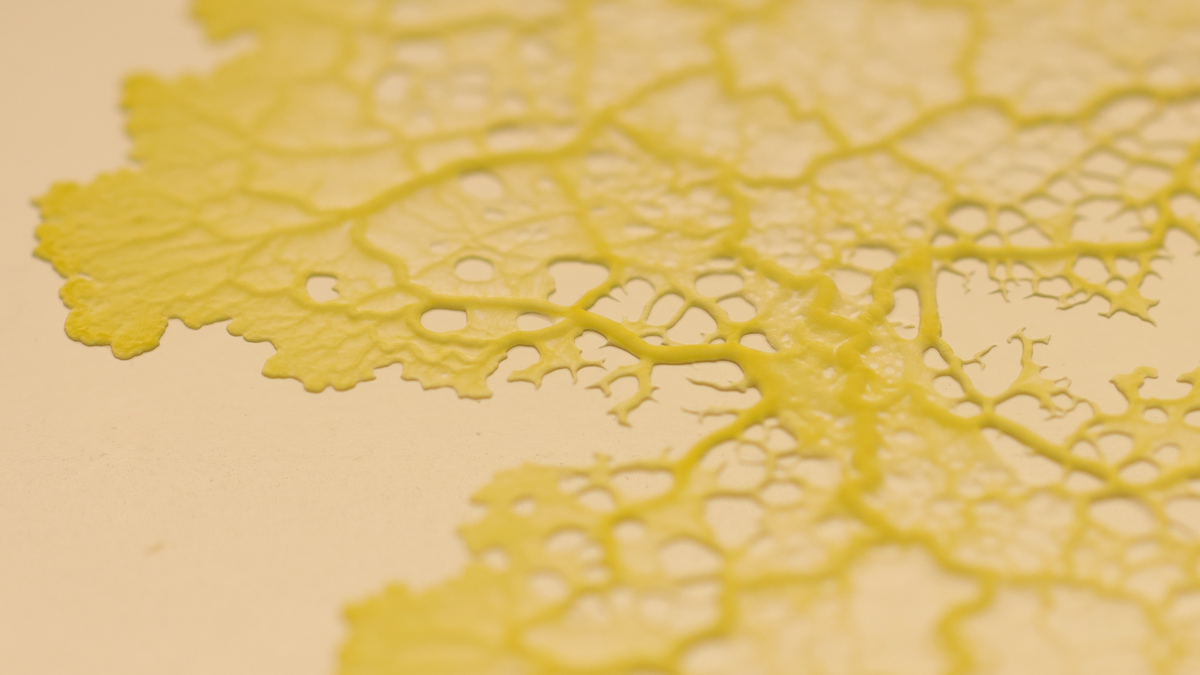
The acellular slime mold Physarum polycephalum has captivated scientists with its extraordinary ability to solve complex problems, such as finding the shortest path through a maze, despite lacking a nervous system. A study published in the Proceedings of the National Academy of Sciences (PNAS) delves into the mechanisms behind this remarkable behavior.
Understanding the Study
Researchers observed that when Physarum polycephalum is placed in a maze with food sources at different locations, it extends its protoplasmic network to connect the food sources efficiently. Over time, the slime mold retracts unnecessary branches, leaving only the most efficient pathways, effectively computing the shortest route between the food sources.
Mechanism Behind the Behavior
The slime mold’s ability to compute shortest paths is attributed to its adaptive network dynamics:
- Protoplasmic Flow: The organism circulates nutrients and chemical signals through its network of veins, influencing growth patterns.
- Positive Feedback: Tubes with higher flow rates are reinforced and widened, while those with lower flow rates are degraded and eventually abandoned.
- Environmental Sensing: The slime mold responds to environmental cues, such as light and chemical gradients, guiding its movement and network formation.
Implications for Computing and Network Design
The findings from this study have inspired bio-inspired algorithms for solving network optimization problems. By mimicking the adaptive behavior of Physarum polycephalum, researchers have developed models that can solve complex problems like the Steiner tree problem, which is crucial in network design and optimization. These algorithms offer low complexity and high parallelism, making them attractive for various applications in computing and engineering.
Experience Physarum Polycephalum Yourself
Curious to observe the problem-solving abilities of Physarum polycephalum firsthand? You can cultivate your own slime mold and witness its intelligent behavior in action.
Conclusion
The study of Physarum polycephalum continues to challenge our understanding of intelligence and computation in biological systems. Its ability to solve complex problems without a central nervous system opens new avenues for research in bio-inspired computing and network optimization.


